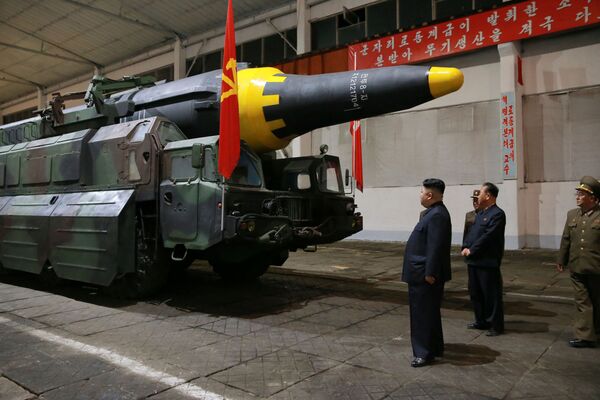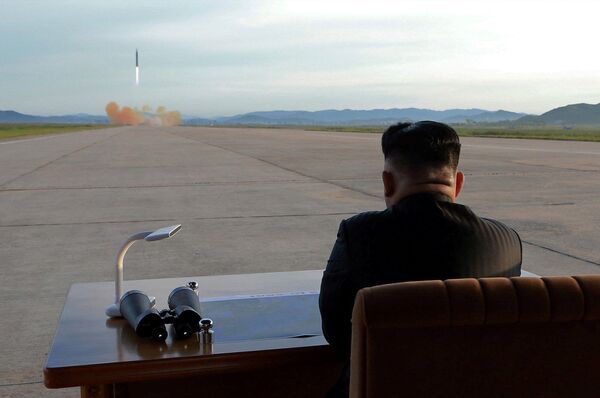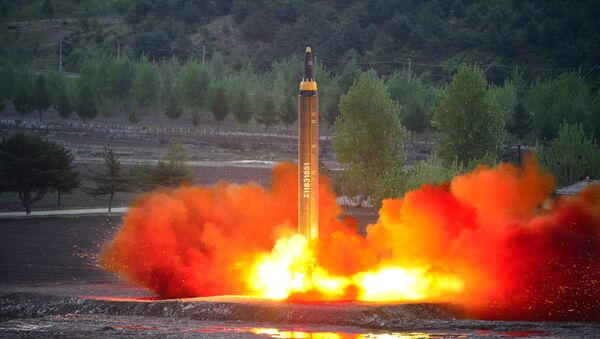The Hwasong-12/KN17 intermediate-range ballistic missile reportedly failed minutes after it was launched on April 29, 2017 and crashed in the North Korean city of Tokchon with a population of about 240,000, causing “considerable damage to a complex of industrial or agricultural buildings,” the Tokyo-based international news magazine wrote, citing a source in the US government with knowledge of North Korean weapons programs.
Because the missile had consumed only a fraction of its liquid fuel, it is likely that the facility at Tokchon experienced a large explosion upon impact.
Still, since the accident happened during non-working hours, it is believed that it resulted in few, if any, casualties on the ground.
Liquid-fuel missiles like the Hwasong-12, which use a highly volatile combination of hypergolic propellant and oxidizers, can produce massive explosions depending on the exact nature of their failure.

In February 2017, North Korea successfully fired a booster rocket in what was seen by the world as a ballistic missile test, resulting in a new series of sanctions imposed upon Pyongyang by the UN Security Council.
North Korea has since conducted a flurry of nuclear and ballistic missile tests ramping up tensions on the divided Korean Peninsula.

In the war of words that followed, North Korean leader Kim Jong-un threatened to launch a missile strike on the US with President Donald Trump then responding in kind, saying that he did not rule a military solution to the conflict.
READ MORE: Crisis Management: Top US, Chinese Generals Talk North Korea After Missile Test



